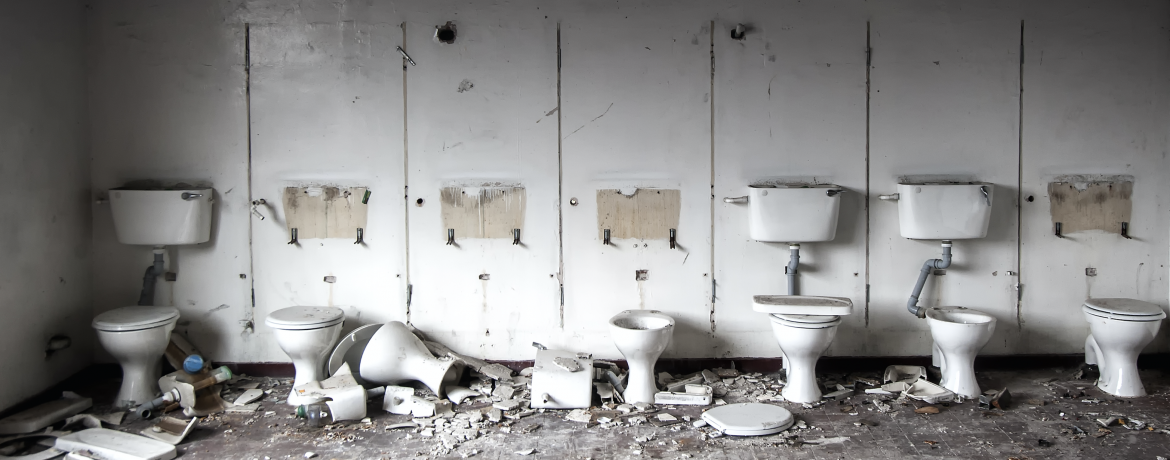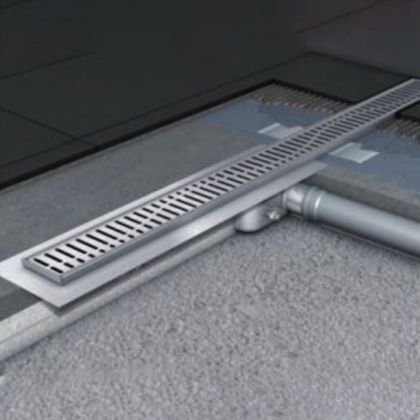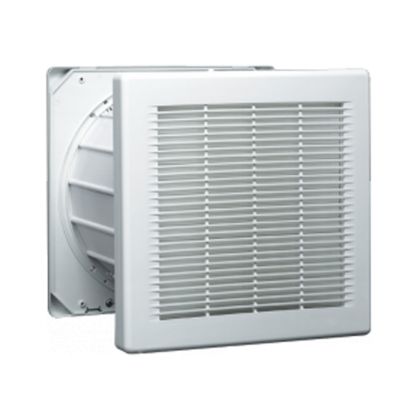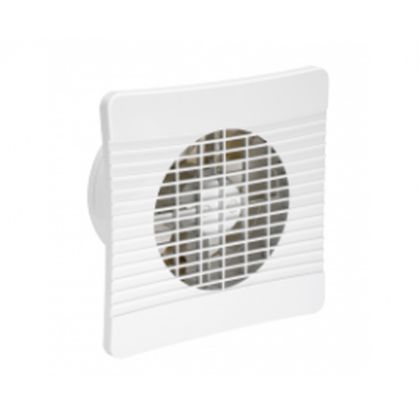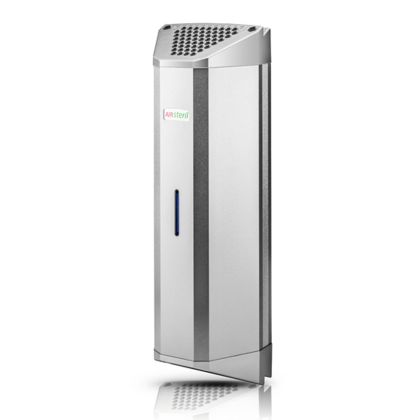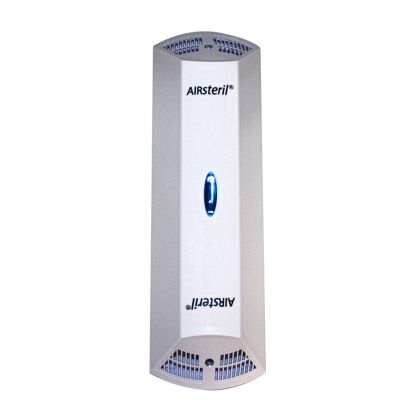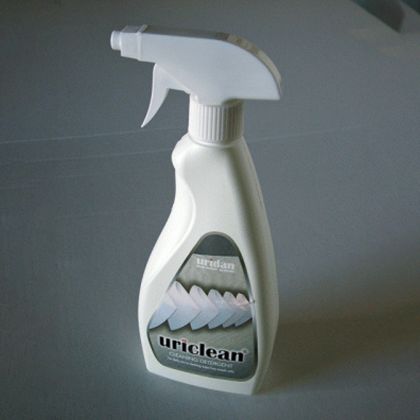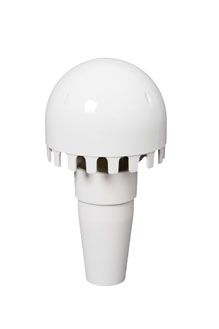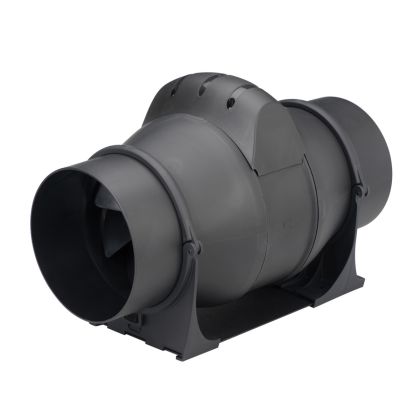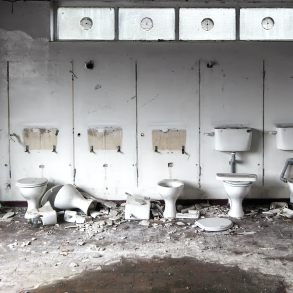Eliminating odours in washrooms may involve a combination of approaches including cleaning, ventilation, dehumidifiers and possibly using air fresheners or odour neutralizers. But first, you have to identify where the smell is coming from.
Step 1. Odour Detection
Where is the smell coming from?
Urine is a common culprit, particularly in open urinal troughs.
First of all you should check all the seals around your urinals, troughs and toilets. If seals have failed, and been left for significant time, it is not uncommon for urine and grey water to have leaked through persistently, which can cause damage to the materials underneath.
Floor boards or timber structures like duct sets can absorb this liquid, taking on the bad smells, the bacteria and in some cases, begin to rot. For this reason, we recommend thoroughly checking all silicone and mastic seals throughout your washrooms regularly. If you suspect a seal in your washroom has been compromised and may have led to this kind of problem, then you most certainly want to have it investigated with the scope to replacing the water damaged and bacteria compromised materials.
Urinal Flushing
To prevent bad smells, we need to ensure the urinal is flushed immediately after use. The most efficient way to do this is by installing sensors in the ceiling above the urinals. This guarantees that when a user steps away from the urinal water is flushed through the bowl, rinsing it fresh and ready for the next user.
Another eco-friendly option is to go for waterless urinals, a system where no fresh water is flushed through the urinal, but odours and bacteria are taken care of by a clever sanitising cartridge that fits directly into the waste trap. However, in this case, a spray down is usually recommended at regular intervals, dependent on how high the usage of your washrooms are.
Waste Traps and Drains
Sometimes, the bad smell might be coming from waste pipes and drains. This might lead you to check all the waste traps, or U-bends carry enough water to block odours coming back through the pipe.
Odours can also emanate from drains. Pouring a mixture of baking soda and vinegar or any proprietary Drain Cleaner down the drain followed by hot water, can help eliminate these odours. Make sure to clean hair, soap scum and any other obstacle to drainage from drain covers.
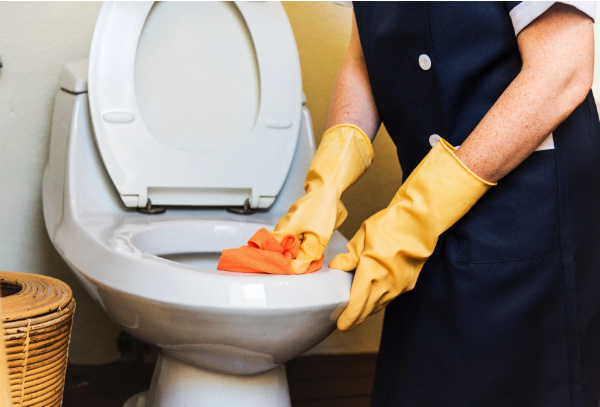
Step 2. Solving the Odour Problem
Regular Cleaning
Regular cleaning is the most effective way to prevent and eliminate bathroom odours. Clean the toilet, sink, bathtub, and floors regularly with appropriate cleaning agents. Don't forget to scrub the grout and any other areas where mould and mildew can accumulate.
Bacteria from toilet flushing can end up settling on any and all surfaces in your washroom. For this reason alone, it is paramount that all surfaces in the washroom are cleaned thoroughly and regularly. From the panels on the duct set behind the toilet pan, to the cubicle doors, hinges and handles.
Soap build-up can also be an instigator of bad washroom smells, presenting the need to clean through the waste outlets of washbasins as well as floor drains, gulleys and shower wastes.
Clean your toilet bowl regularly using a toilet cleaner and brush. For persistent odours, try leaving baking soda in the bowl overnight and flushing in the morning.
Check for Leaks
Sometimes, persistent bad smells can be due to hidden leaks leading to mould and mildew growth. Check for and repair any leaks.
Air Fresheners and Odour Absorbers
Use air fresheners, but be aware that they can merely mask odours. Natural alternatives like essential oil diffusers, activated charcoal, or baking soda can help absorb and neutralize odours.
Waste Bins
Empty and clean your bathroom trash bin regularly, as odours can accumulate from disposed of personal care products.
Shower Curtains, Shower Panels and Liners
Wash or replace shower curtains and liners as they can harbour mildew and mould, especially in the folds.
Ventilation and Dehumidifying
Ensure good ventilation in your bathroom. Use an exhaust fan during and after showers to remove moist air, which can contribute to musty odours. Keep windows open when possible to allow fresh air to circulate.
If your bathroom is particularly humid, consider using a dehumidifier to reduce moisture levels, which can help prevent mould and mildew growth.
Air flow through your washroom is key to maintaining the correct level of humidity, which in turn prevents bacteria and mould from building up. Every time we flush a toilet or urinal, faecal micro-organisms are forced up into the air and eventually settle on surfaces in the washroom. This bacteria finds it easy to grow in moist, damp environments and as the colony grows, they develop pungent and unpleasant aromas that can be difficult to get to the bottom of. Poor ventilation helps this bacteria to thrive, while good air flow can help to remove the odours and create an environment more challenging for the bacteria to grow. See our range of ventilation extraction fans to help with this issue.
Install an odour and infection control unit
Unlike other washroom odour solutions, the AirSteril kills bacteria and viruses in the air and on nearby surfaces, therefore neutralising unpleasant smells and improving commercial washroom hygiene. As it runs all day every day it will continually control the bacteria levels within the washroom.
Commercial Washrooms would usually recommend an AirSteril odour and infection control unit is installed alongside any of the other solutions listed above to keep bacteria levels low. Although it can also be a stand-alone solution where the problem was caused by a lapse in maintenance or perhaps careless washroom users.
Assuming there are no faults with the plumbing and airflow in the washroom is adequate this could perhaps be the cheapest and most effective method of odour control in many commercial washrooms.
Renew the sanitary ware and/or washroom panels
Especially in men’s bathrooms washrooms and toilet facilities, bad smells are likely to be caused by urine. It could be soaked in timber panels, accumulating behind duct sets, leaking from hidden plumbing, or the uric acid can even build up within the urinal waste pipes. In ladies washrooms it common areas for bad smells are the toilet waste pipes.
It could be possible that renewal of these features alone will remove the smell but as before it will likely return, so careful consideration should be given to the original cause. However, if the original cause is plumbing related this too should be renewed.
This is less expensive than a full washroom refurbishment and remodel, yet probably just as effective. This strategy is still prohibitively expensive in most cases except where the plumbing is at fault and urine or other organic compounds has soaked into furniture, in which case this is likely the most suitable solution.
Full Washroom Refurbishment
The most extreme solution is a full Washroom Refurbishment Service. The main benefit of such a strategy to remove unwanted smells and scents will be that all the washroom fixtures and fittings where bacteria is breeding will be renewed, replaced and the plumbing will be visible for inspection.
Any established and ingrained colonies of bacteria breeding within or on washrooms surfaces will be physically removed and the smell will leave with the old washroom furniture. Although since the cause of any scent hasn't been identified or treated eventually the problem will reoccur.
Even after a washroom refurbishment if the bacteria had an opportunity to multiply and cause an unwelcome odour before it will likely happen again. This could be down to cleanliness and care of users, poor ventilation or insufficient cleaning. So the reason for and location of the odour should still be identified before commencing expensive remodelling work.
With a correct washroom specification backed up by a sufficient budget the issue will be corrected permanently albeit, at great cost, this is probably only a worthwhile solution when the washroom is at the end of its useful life. If you are considering a complete refurbishment of your washroom please get in touch.

